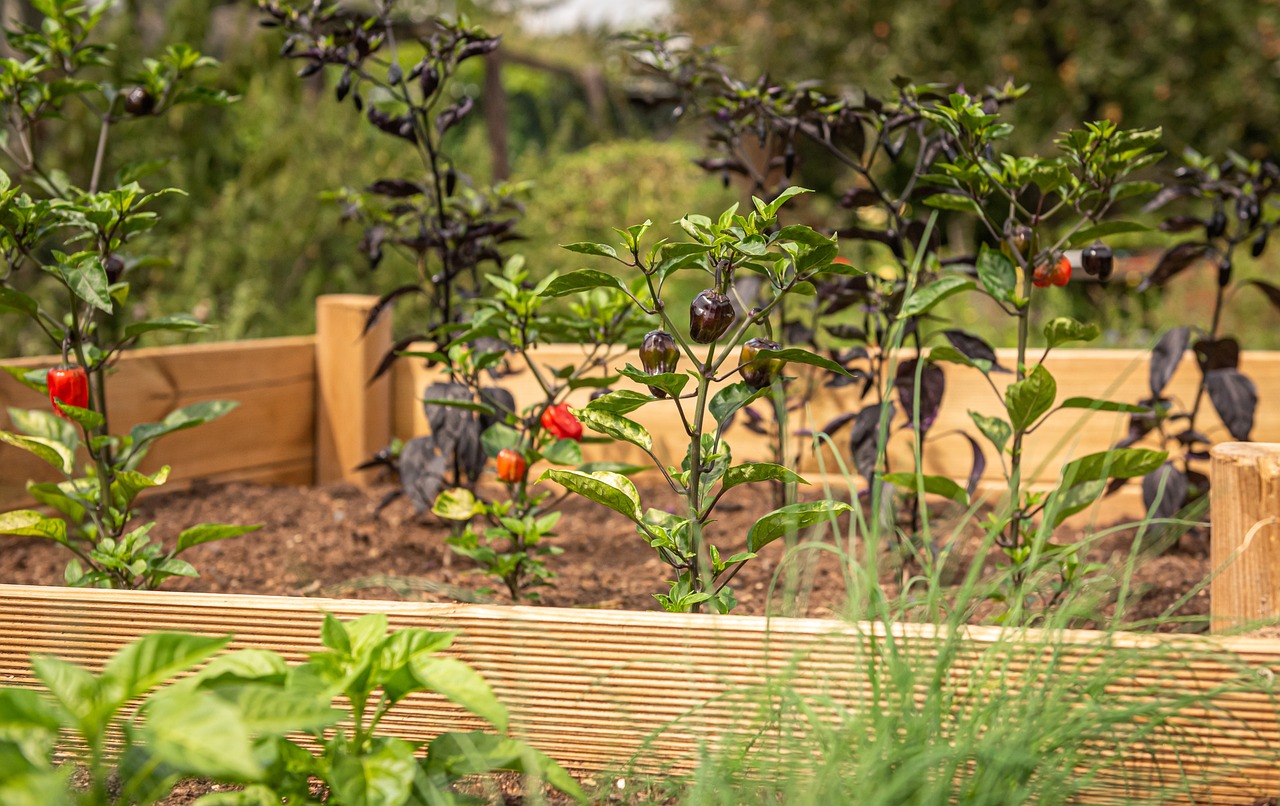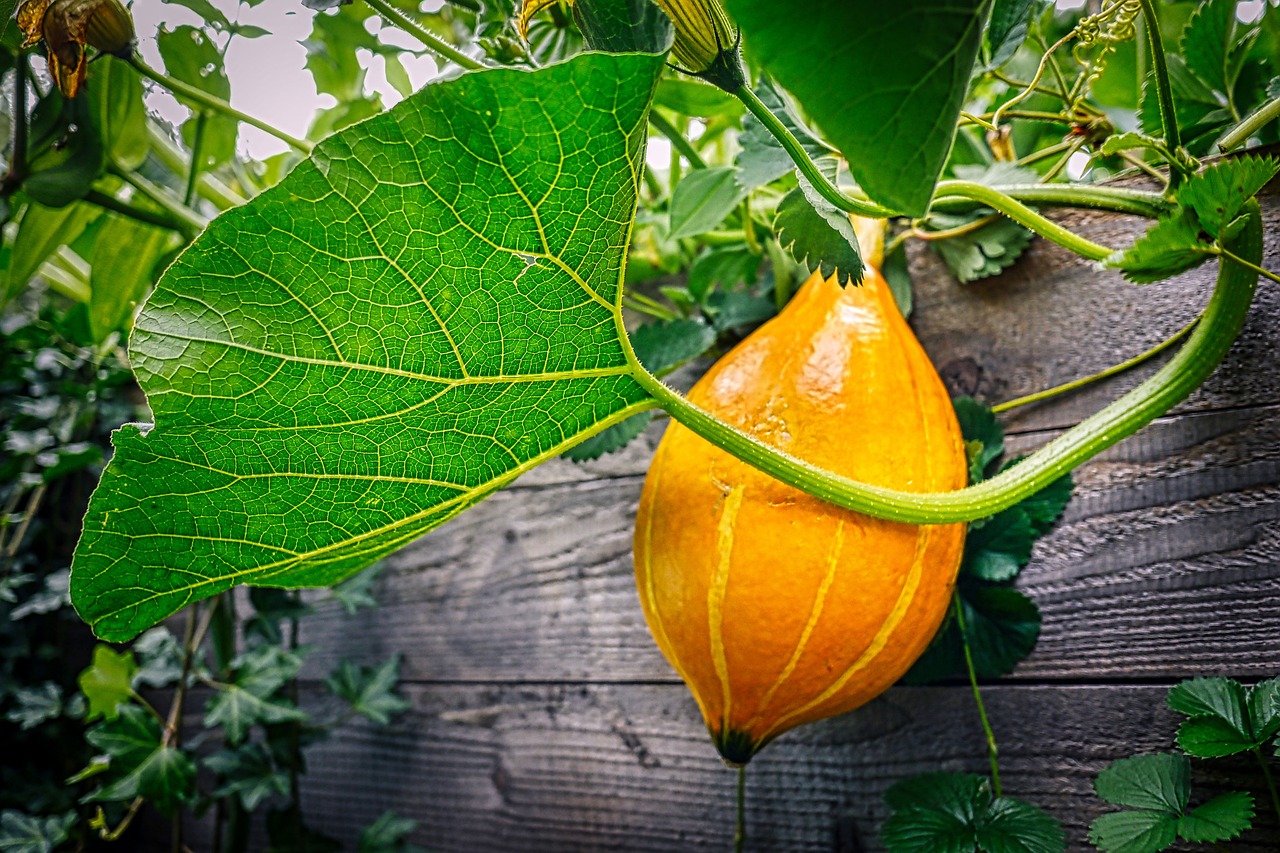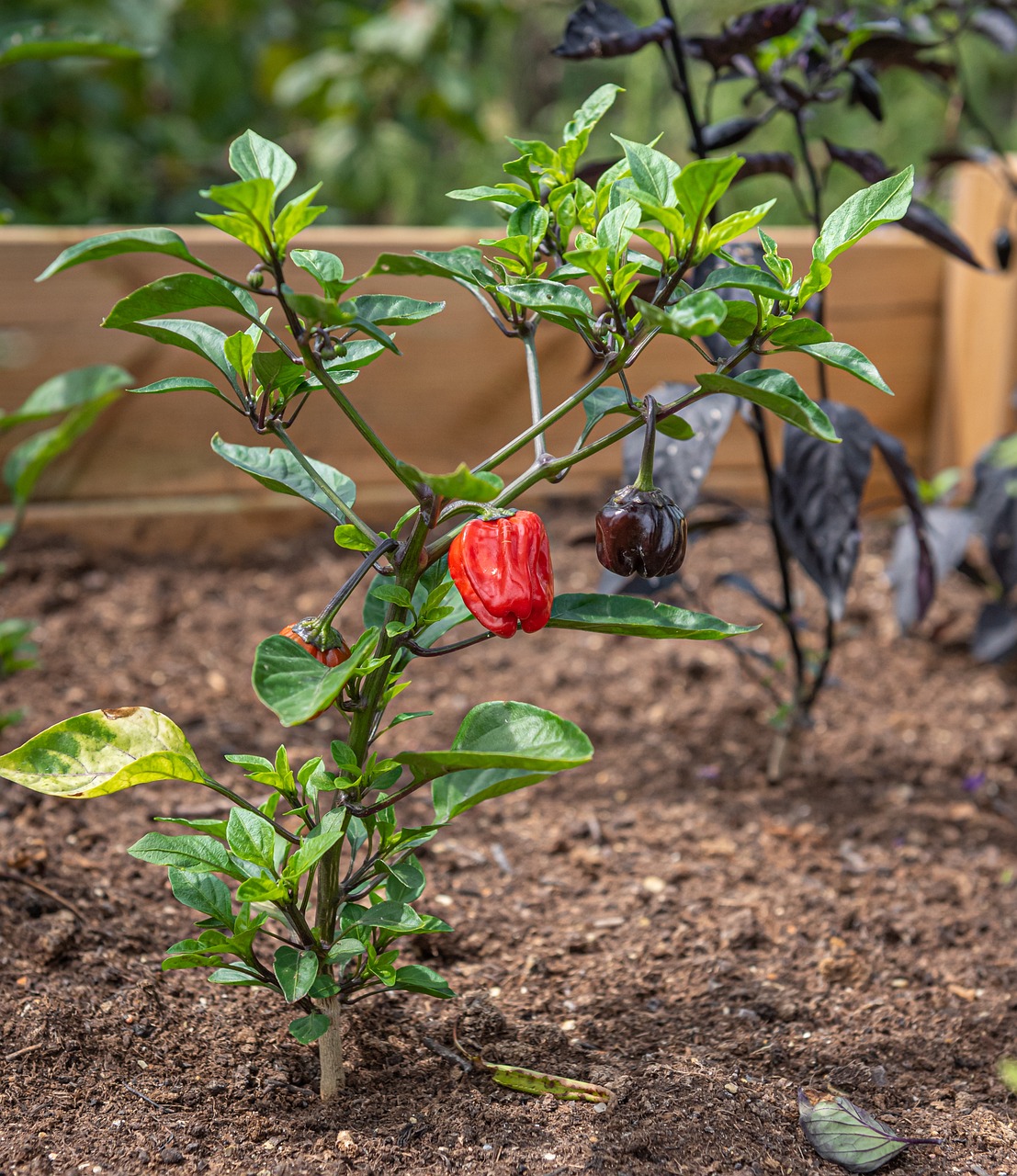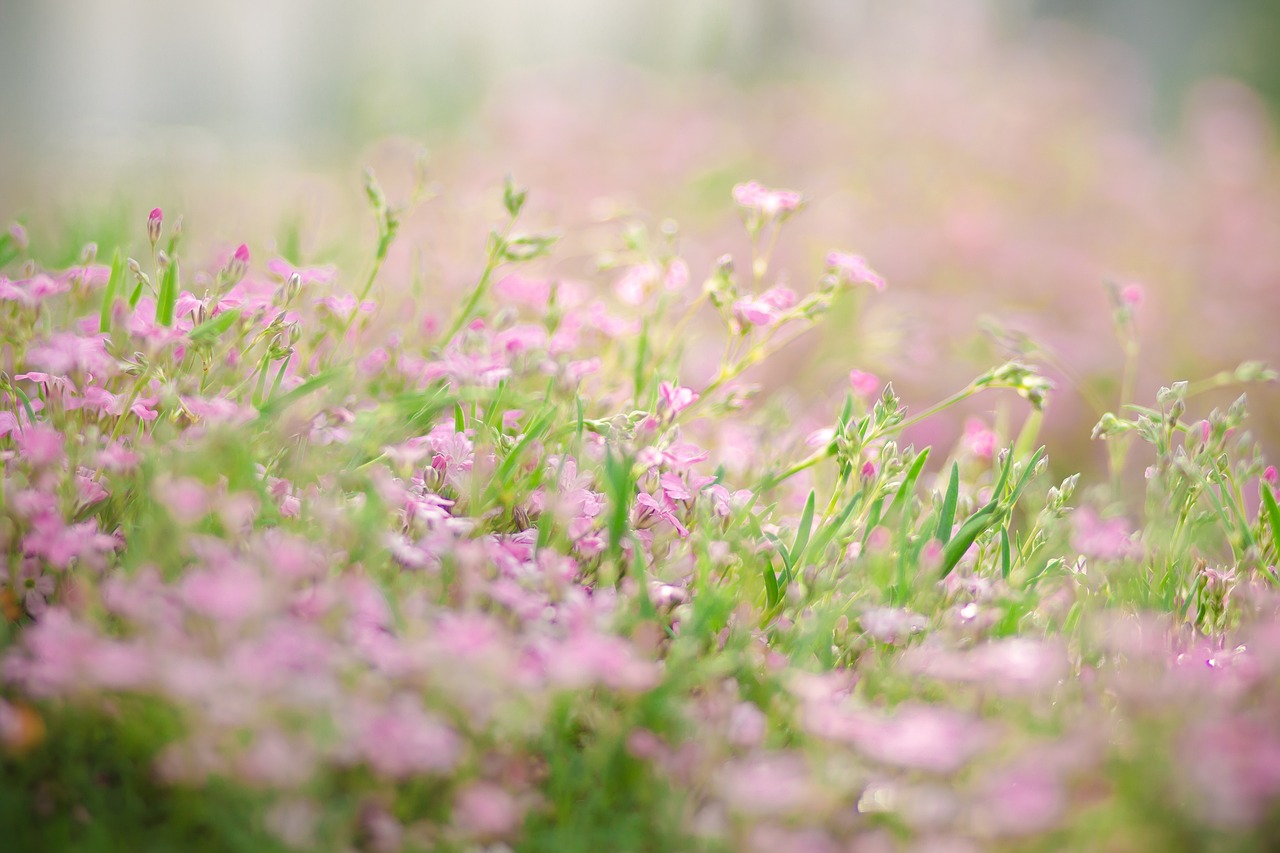Planting raised flower beds provides an excellent opportunity to create beautiful, organized flower displays. To achieve stunning designs, choose the right location with ample sunlight, select a variety of plants that thrive together, and ensure proper soil preparation and drainage.
Understanding Raised Flower Beds

Raised flower beds are elevated garden areas that allow for improved soil quality, better drainage, and easier maintenance. They offer a versatile option for gardeners, especially in areas with poor soil or limited space. Additionally, raised beds can add visual interest to your landscape by creating defined areas for planting.
One of the significant advantages of raised flower beds is their ability to control soil conditions. By building a bed with the right mixture of soil, compost, and organic materials, you can create an optimal growing environment for your flowers. This also helps in preventing soil compaction, which can hinder root growth.
Another key benefit is accessibility. Raised beds allow gardeners to work at a comfortable height, reducing the strain on the back and knees. This makes gardening more enjoyable for people of all ages and abilities. Furthermore, the defined structure of raised beds can help keep weeds at bay and allow for easier pest management.
Choosing the Right Location
The location of your raised flower bed is crucial for plant health and growth. Most flowering plants require at least six hours of direct sunlight each day. When selecting a spot, observe how sunlight moves across your garden throughout the day. Aim for a location that receives ample light and is sheltered from strong winds.
Additionally, consider accessibility to water sources. A nearby hose or rainwater collection system can make watering your flowers more manageable. If possible, position the raised bed close to your home or garden shed for easier maintenance.
Soil Preparation
Preparing the soil for your raised flower bed is essential for successful plant growth. The right soil mix can influence the health and vibrancy of your flowers. A good starting point is to combine topsoil, compost, and other organic materials. This mixture should provide adequate nutrients while ensuring proper drainage.
The following table outlines some key components for creating a healthy soil mix:
| Soil Component | Purpose |
|---|---|
| Topsoil | Provides a base layer rich in nutrients. |
| Compost | Adds organic matter and improves soil structure. |
| Pearlite or Vermiculite | Improves aeration and drainage. |
| Sand | Enhances drainage in heavy soils. |
Mix these components in equal parts to create an ideal growing medium. If you are unsure about your soil’s nutrient content, consider conducting a soil test. This will provide insight into any amendments needed to optimize growth.
Selecting the Right Plants
Choosing the right plants for your raised flower bed can greatly influence its overall aesthetic and health. Consider selecting a mix of perennials and annuals for continuous blooms throughout the seasons. Additionally, grouping flowers with similar water and sunlight requirements can simplify care.
- Perennials: These plants return year after year and can provide long-lasting beauty.
- Annuals: These flowers bloom for a single season but offer vibrant colors and variety.
- Companion planting: Research plant combinations that thrive together to maximize health and beauty.
By thoughtfully selecting both location and plant varieties, you can create a stunning raised flower bed that enhances your garden’s charm and appeal.
Designing Your Raised Flower Bed
Once you have selected the right plants, the next step is to design your raised flower bed. A well-thought-out design not only enhances the beauty of your garden but also ensures that plants have enough space to grow. Consider factors such as height, color, and plant arrangement when designing your flower bed.
Height Variation
Incorporating plants of varying heights can create depth and visual interest in your flower bed. Taller plants should be positioned at the back or center of the bed, while shorter ones can fill in the front. This arrangement allows each plant to be visible and makes the overall display more appealing.
- Tall Plants: Consider using sunflowers, hollyhocks, or delphiniums.
- Medium Plants: Options like coneflowers and black-eyed Susans work well.
- Short Plants: Use low-growing varieties like alyssum or marigolds for the front.
Color Schemes
The color palette of your flower bed plays a significant role in its overall aesthetic. When selecting flowers, think about how the colors will work together. You can choose a monochromatic scheme with different shades of a single color, or a complementary scheme that combines colors opposite each other on the color wheel.
Here are some popular color combinations to consider:
- Warm Colors: Reds, oranges, and yellows create a vibrant and energetic atmosphere.
- Cool Colors: Blues, purples, and whites offer a calming and serene effect.
- Mixed Colors: Combining warm and cool colors can create a dynamic and lively display.
Plant Arrangement Techniques
How you arrange your plants can significantly influence the appearance of your raised flower bed. Consider using the following techniques to enhance visual appeal:
- Tight Clusters: Grouping plants of the same species together can create a bold statement and help with pollination.
- Spaced Out: Leaving space between different species allows each plant to shine individually and reduces competition for resources.
- Layered Planting: Use layers to create a natural look, mimicking how plants grow in nature. This method adds depth and texture.
Focal Points
Incorporating focal points within your flower bed can draw the eye and add interest. Focal points can be created using larger plants, ornamental features, or even decorative stones. Consider these options:
- Statement Flowers: Choose a particularly striking flower variety to serve as the focal point.
- Garden Statues: Adding a statue or decorative element can enhance the design.
- Colorful Containers: Use pots or planters with vibrant flowers to create additional focal areas.
Maintenance and Care

Caring for your raised flower bed is vital to ensure its ongoing beauty. Regular maintenance tasks include watering, weeding, and deadheading spent flowers. Here are some tips to keep your flower bed in top shape:
- Watering: Ensure that your flowers receive consistent moisture, especially during dry periods. A drip irrigation system can simplify this process.
- Weeding: Regularly check for weeds that may compete with your flowers for nutrients and space. Mulching can help prevent weed growth.
- Deadheading: Remove spent blooms promptly to encourage new growth and prolong the flowering season.
By paying attention to design elements, plant selection, and regular care, you will enhance the beauty of your raised flower beds while ensuring they thrive throughout the growing season.

Seasonal Considerations for Raised Flower Beds
Understanding the different seasons and their impact on your raised flower beds is essential for successful gardening. Each season presents unique challenges and opportunities for plant growth. By adapting your care routine to the seasonal changes, you can maximize the health and beauty of your flowers.
Spring: Planting and Preparation
Spring is the ideal time to prepare your raised flower beds for planting. As temperatures begin to rise, it’s important to ensure the soil is ready for new growth. Here are some key tasks to complete during this season:
- Soil Testing: Conduct a soil test to determine nutrient levels and pH. Amend the soil as needed based on the results.
- Fertilization: Add a balanced fertilizer to give your plants a nutrient boost as they begin to grow.
- Plant Selection: Choose early-blooming flowers such as pansies, snapdragons, and tulips to kick off the season with color.
Summer: Growth and Maintenance
During the summer months, the focus shifts to maintaining healthy growth and ensuring adequate hydration. Here are some summer care tips:
- Watering Schedule: Water deeply and less frequently to encourage deep root growth. Aim for early morning or late evening watering.
- Mulching: Apply a layer of mulch around plants to retain moisture and suppress weeds.
- Pest Management: Regularly inspect plants for pests and diseases. Introduce natural pest control methods, such as beneficial insects, if necessary.
Fall: Harvesting and Cleanup
As summer fades into fall, it’s time to enjoy the fruits of your labor while preparing for winter. Key tasks during this season include:
- Deadheading: Continue deadheading spent flowers to encourage late-season blooms.
- Harvesting Seeds: Collect seeds from your favorite flowers for next year’s planting.
- Cleaning Up: Remove any dead or diseased plant material to prevent pests and diseases from overwintering in your garden.
Winter: Protection and Planning
Winter can be a challenging time for gardeners. However, proper preparation can protect your raised flower beds through colder months. Consider these tips:
- Covering Beds: Use protective covers or row covers to shield plants from harsh weather conditions.
- Planning for Spring: Use this downtime to plan your flower bed layout and plant selections for the upcoming spring season.
- Soil Maintenance: If possible, add compost or organic matter to the soil during winter to improve its structure before planting in spring.
Common Challenges and Solutions
No garden is without its challenges. Being aware of common issues that can arise in raised flower beds allows you to address them promptly. Here are some frequent challenges and their solutions:
Pests and Diseases
Pests such as aphids, slugs, and caterpillars can damage your flowers. To combat these, consider implementing integrated pest management (IPM) strategies:
- Regular Inspections: Check plants frequently for signs of pests.
- Natural Predators: Encourage beneficial insects like ladybugs that feed on harmful pests.
- Organic Treatments: Use insecticidal soap or neem oil as organic options for pest control.
Nutrient Deficiency
If your plants show signs of stunted growth or yellowing leaves, they may be lacking essential nutrients. To remedy this issue:
- Fertilize Regularly: Incorporate organic fertilizers or compost into your soil mix at regular intervals.
- Monitor Soil pH: Adjust pH levels as needed using lime to raise it or sulfur to lower it.
- Diversify Plant Selection: Include nitrogen-fixing plants like legumes in crop rotation to improve soil fertility.
By proactively addressing seasonal changes and potential challenges, you can maintain vibrant, healthy raised flower beds throughout the year.
Additional Design Elements for Raised Flower Beds

In addition to selecting plants and ensuring proper care, incorporating design elements can elevate the aesthetics of your raised flower beds. By integrating various features, you can create a more dynamic and inviting garden space.
Pathways and Borders
Establishing pathways around your raised flower beds not only enhances accessibility but also adds visual structure to your garden. Consider using materials such as gravel, mulch, or stepping stones to define these paths. Borders can be created using bricks, stone, or wood to frame your flower beds, adding a polished look.
- Path Width: Ensure pathways are wide enough for comfortable movement, typically at least 2 feet.
- Edge Materials: Choose durable materials that complement your home and garden style.
- Curved Paths: Opt for gentle curves to create a more natural and inviting flow in the garden.
Vertical Gardening
Incorporating vertical gardening elements can maximize space and add dimension to your flower beds. Vertical structures such as trellises, arches, or obelisks can support climbing plants and create striking visual interest.
- Trellises: Use these to support flowering vines like morning glories or sweet peas.
- Arches: Create an entrance to your garden with archways adorned with climbing roses or clematis.
- Wall Planters: Utilize wall-mounted planters to display trailing plants or herbs.
Eco-Friendly Practices
Adopting eco-friendly gardening practices can benefit both your raised flower beds and the environment. Sustainable methods help conserve resources and promote a healthier ecosystem. Here are some strategies to consider:
- Composting: Create compost from kitchen scraps and yard waste to enrich the soil naturally.
- Rainwater Harvesting: Collect rainwater in barrels for watering your flowers, reducing reliance on municipal water sources.
- Pesticide Alternatives: Use natural pest deterrents like garlic spray or diatomaceous earth instead of chemical pesticides.
Final Thoughts
Creating and maintaining raised flower beds is a rewarding endeavor that enhances your outdoor space. Through thoughtful design, careful plant selection, and consistent maintenance, you can cultivate vibrant gardens that bloom beautifully throughout the seasons.
The key takeaways from this guide include the importance of choosing the right location, preparing suitable soil, and selecting diverse plant varieties. Additionally, understanding seasonal changes and addressing potential challenges will help ensure long-lasting success in your gardening efforts.
By incorporating design elements such as pathways, vertical structures, and eco-friendly practices, you can further enrich your raised flower beds. Embrace the joy of gardening and experiment with different combinations of plants and designs to create a unique space that reflects your personal style and thrives in its environment.
With patience and dedication, your raised flower beds will not only bloom beautifully but will also provide you with enjoyment and satisfaction throughout the growing seasons.
